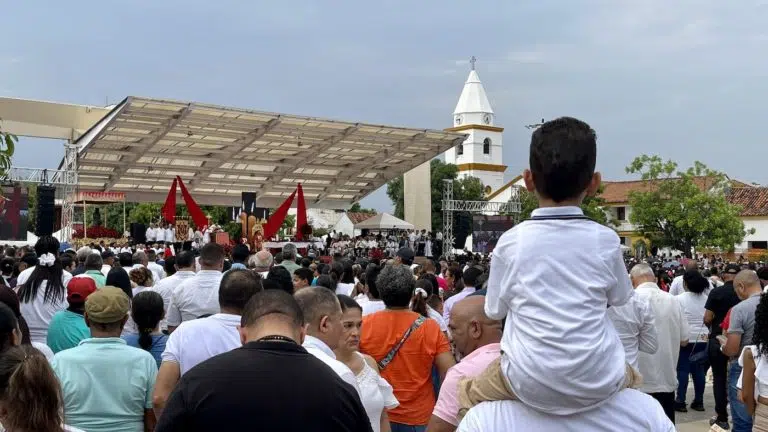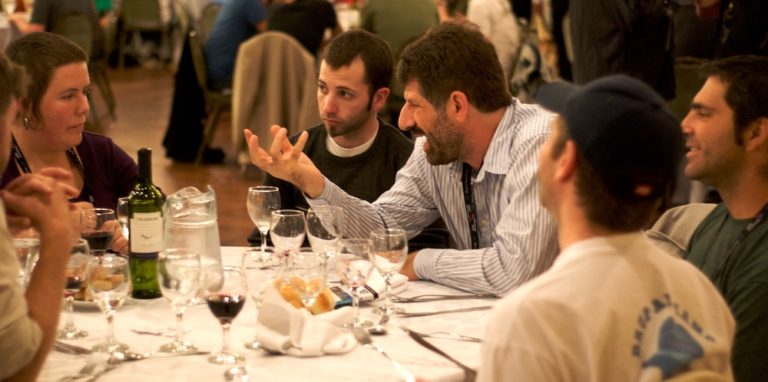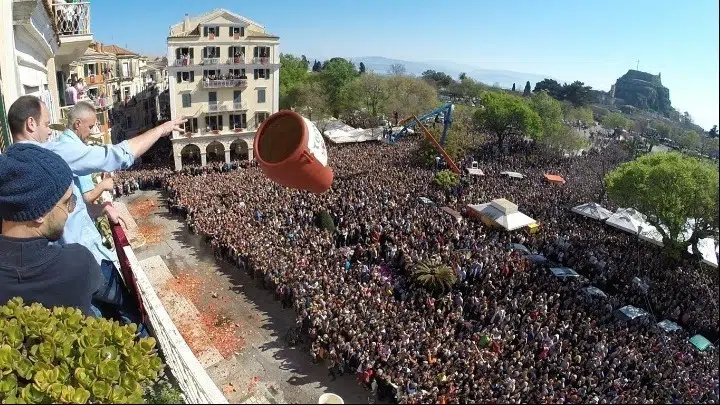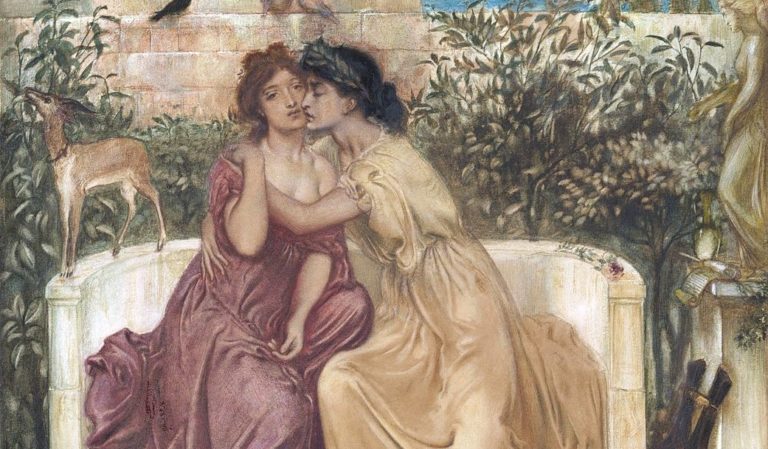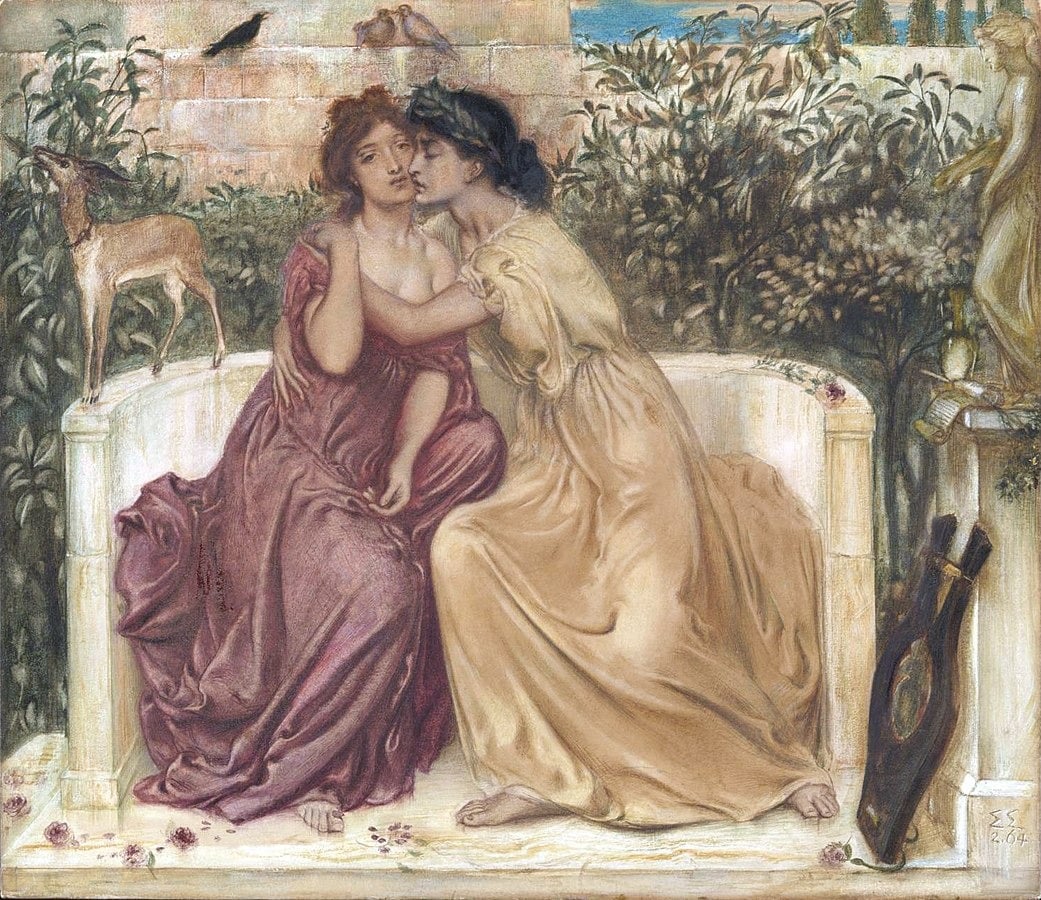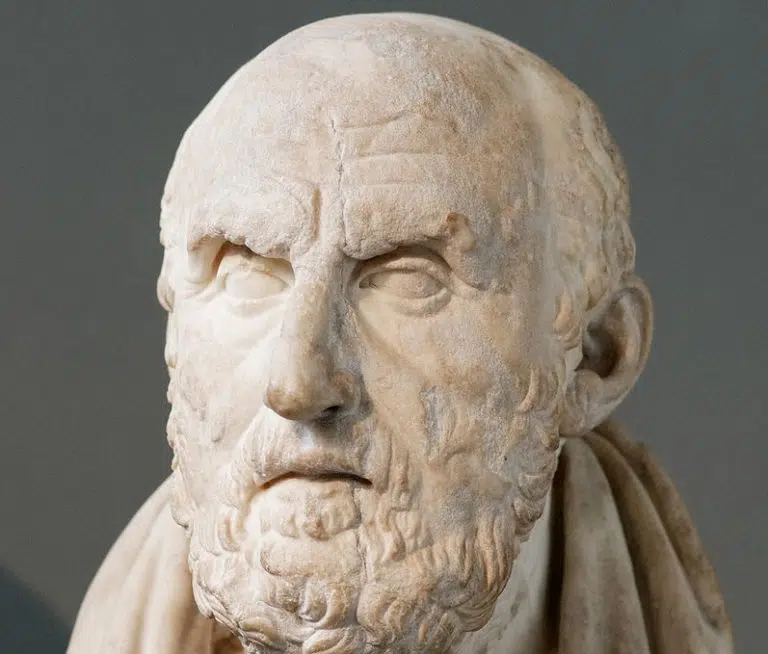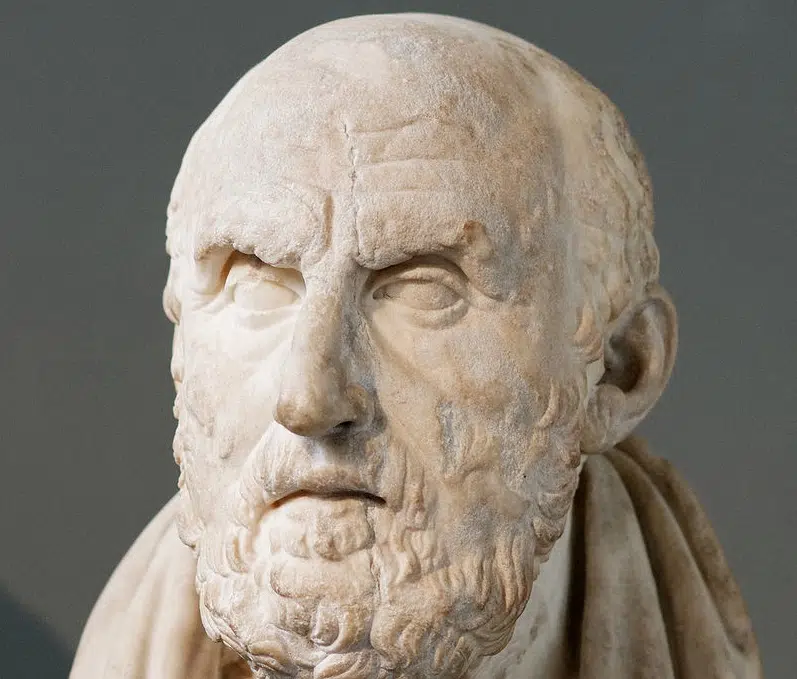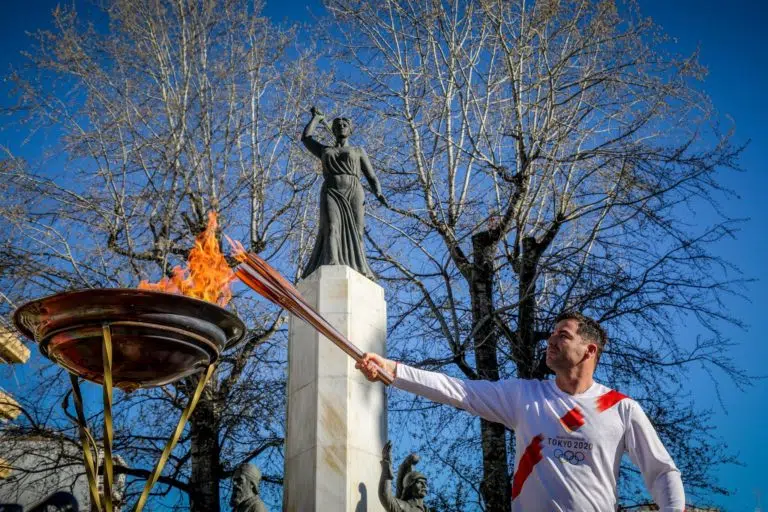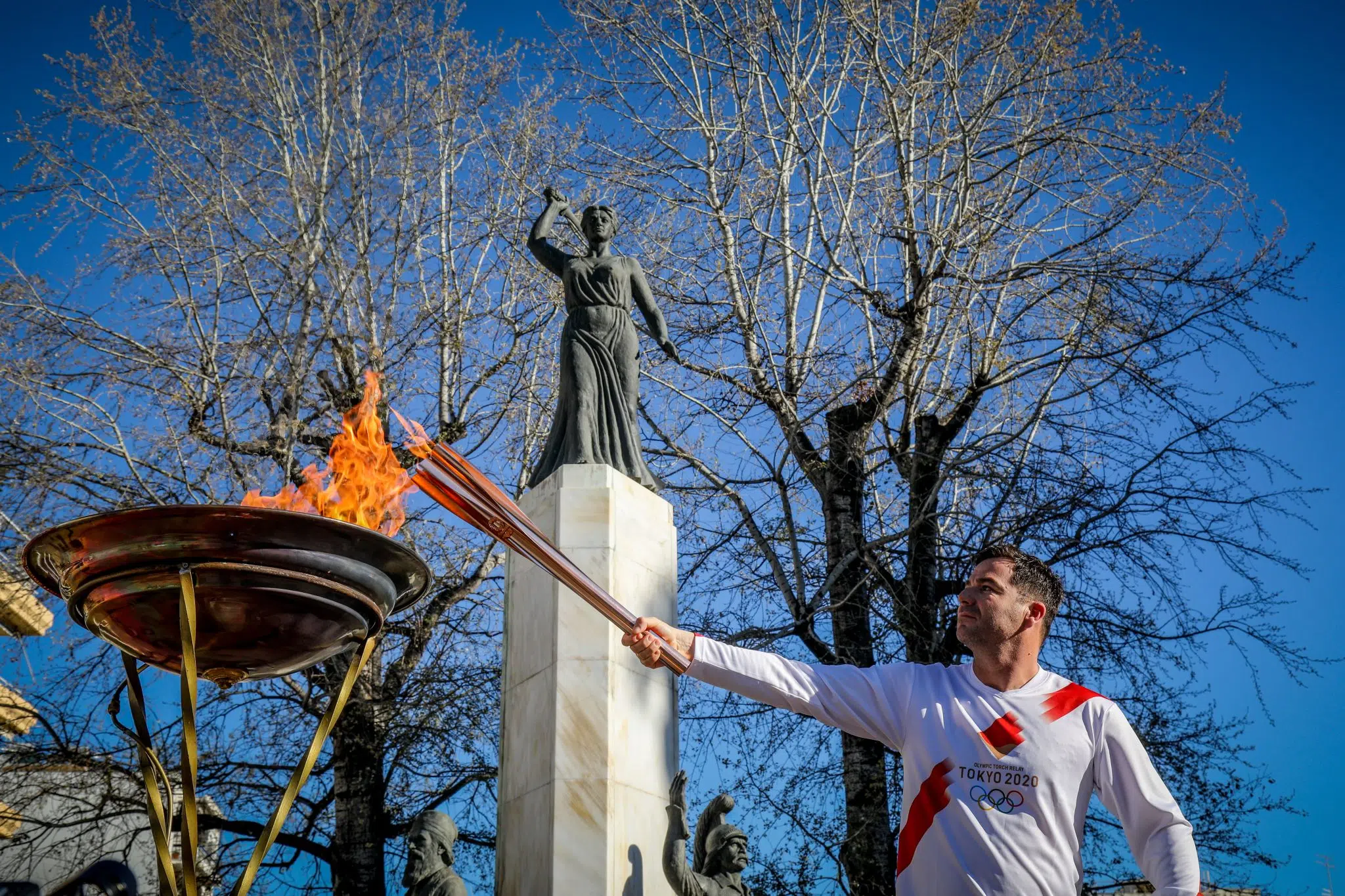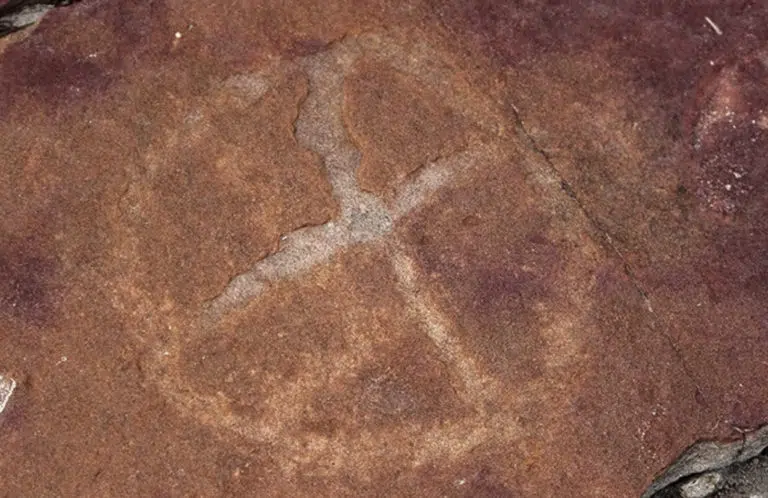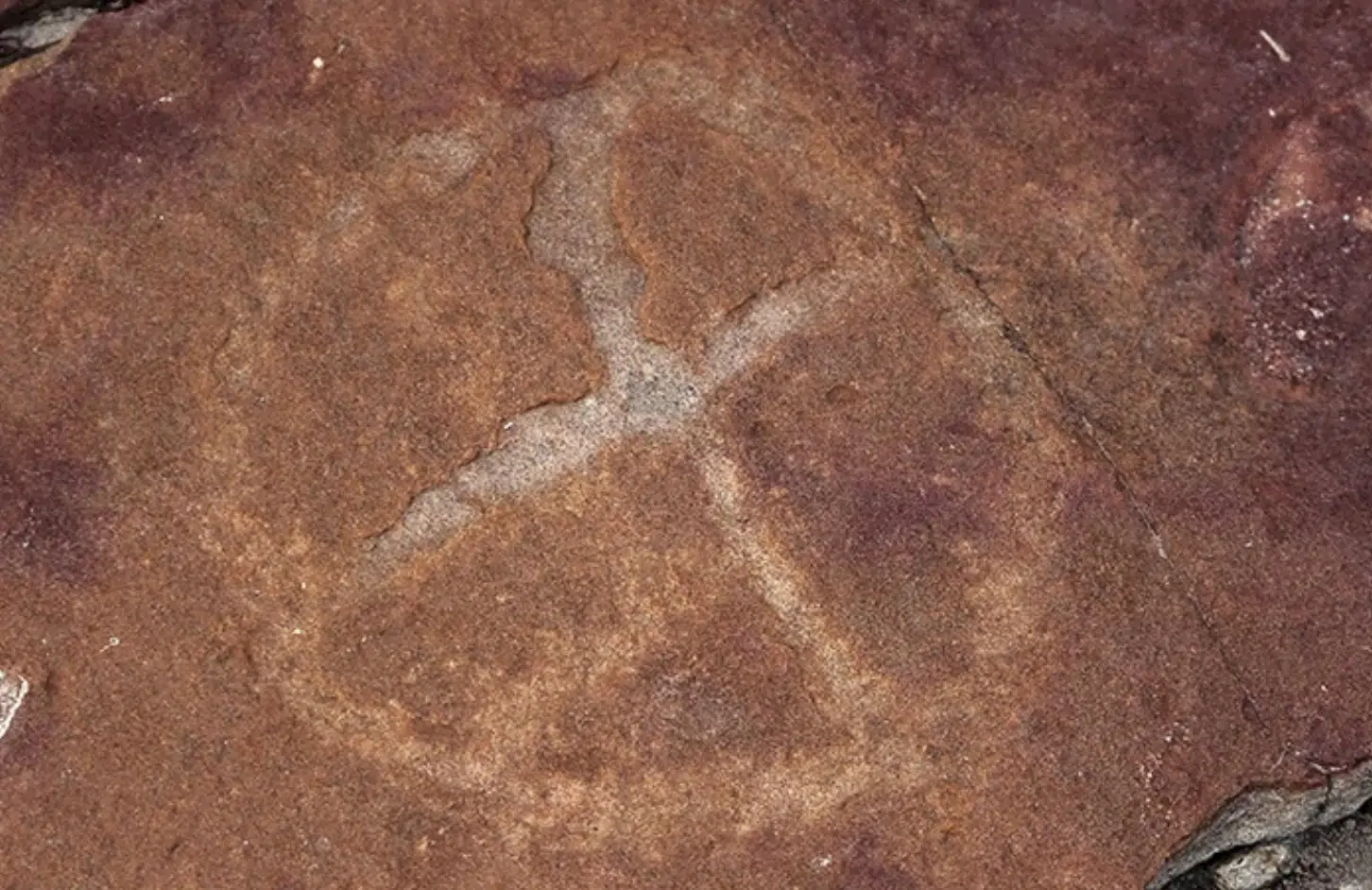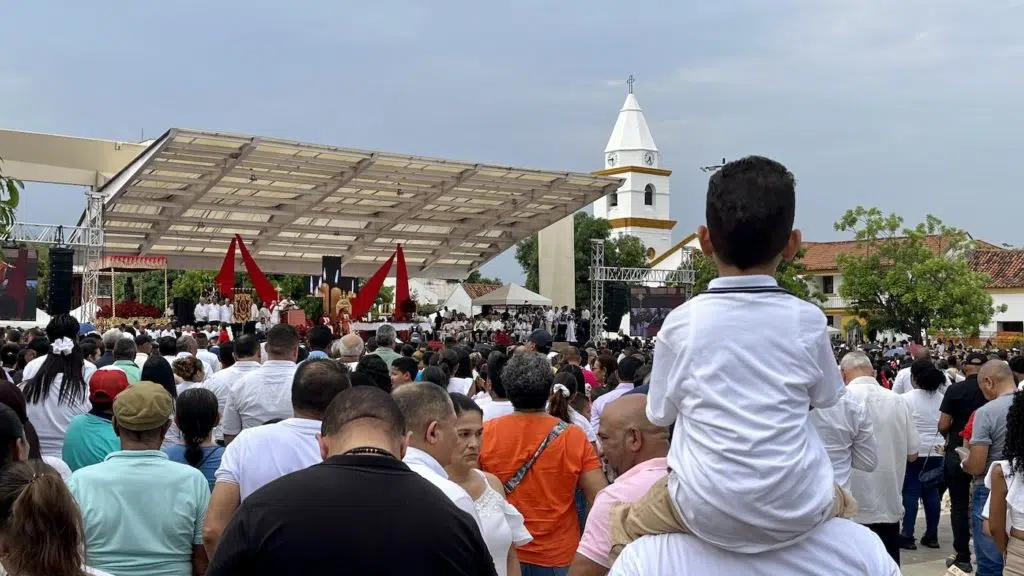
Now that Good Friday is upon us, it is useful to understand what this day and the rest of the Easter holiday means to Catholics, who see the day as a time for fasting and mourning.
Good Friday and Easter Sunday reminds people of Jesus’ journey to the cross, and ultimately, his death, burial, and the perils of evil defeating good. It is also emblematic of good triumphing once again with the resurrection of Christ.
The twelve gospels are read on Holy Thursday evening while five are read on Good Friday morning. These narrate the tragic events from the Evangelists’ point of view.
Good Friday is a reminder for the faithful of Christ’s betrayal and subsequent arrest, his interrogation and humiliation, his death sentence ordered by the high priests and Pilate, and Peter’s denial and repentance. It also recounts Christ’s road to calvary, as well as his crucifixion, death, burial, and the closing of his tomb.
Jesus was crucified at nine o’clock in the morning, and his unfathomable pain allegedly lasted for six hours until three in the afternoon, when he died, saying: “It is finished.” At sunset, Joseph of Arimathea and Nicodemus, two of Christ’s secret disciples, removed his body from the cross and buried him in a rock-covered tomb.
The Vatican on Good Friday and Easter Weekend
Pope Francis presided over the liturgy of the Passion and Death of Our Lord Jesus Christ in St. Peter’s Basilica in the Vatican on Good Friday afternoon. Good Friday is the only day of the year on which there is no Holy Mass.
The Church celebrates the Solemn Liturgy of the Passion of the Lord, consisting of three parts. These include the Liturgy of the Word, culminating in the chanting of the Passion according to St. John; the Adoration of the Cross; and reception of Holy Communion.
📹HIGHLIGHTS | On Good Friday, Pope Francis presided over the Celebration of the Lord's Passion in St. Peter's Basilica, one of the most beautiful liturgical traditions of the Catholic Church #HolyWeek2024 pic.twitter.com/LxX4XYZjoR
— EWTN Vatican (@EWTNVatican) March 29, 2024
After the proclamation of the Passion, Cardinal Raniero Cantalamessa, the Preacher of the Pontifical Household, delivered the homily, taking as his starting point the passage: “When you lift up the Son of Man, then you will realize that I Am” (Jn 8:28).
Another part of Easter Weekend at the Vatican is the Urbi et orbi blessing, which is a cherished tradition in the city, where the Pope delivers his blessing to the city of Rome and the entire world, from the balcony of St. Peter’s Basilica.
This blessing is said to symbolize the universal reach of the Catholic Church and the message of hope and peace during Easter.
An Easter Vigil is also held at the Vatican on Saturday evening. This includes lighting the Paschal candle, readings from scripture, and the celebration of the Eucharist. This ceremony marks the anticipation of Easter Sunday and the resurrection of Christ.
Vatican Easter Mass usually takes place on the morning of Easter Sunday, and this year it will begin at 9:30 AM.
Alongside these activities, during Easter week, more generally, the Pope holds special papal audiences in the Vatican. Pilgrims and visitors gather in St. Peter’s Square to receive blessings and teachings from the Pope.
Catholic Good Friday in Jerusalem
Even amid the tumult of the current war in Gaza, the timeless tradition of the humble observance of Good Friday by Christian Catholic pilgrims and clergy members unfolds in Jerusalem’s Old City.
Thousands solemnly cross the Via Dolorosa and head towards the Church of the Holy Sepulcher, some carrying wooden crosses, while echoing chants and hymns reverberate in the background. This commemorates the sufferings of Christ in a ritual aligned with the Catholic calendar.
The Via Dolorosa, a religious route within Jerusalem’s Old City, is said to mark Jesus’ journey to the cross after judgement by Pontius Pilate. While the accuracy or authenticity of its historical location is debated, it remains extremely significant as an ancient tradition.
Christians marked this year’s Good Friday in the Old City of Jerusalem, where they followed the path which they believe was walked by Jesus Christ as he carried his cross, known as the Via Crucis. pic.twitter.com/dWBCwSZGAX
— VOA Africa (@VOAAfrica) March 29, 2024
According to the Catholic calendar, Holy Week began this year on Palm Sunday, March 24th and will run until Easter Sunday, March 31st, with Good Friday being celebrated today. The Orthodox Church, which utilizes the old Julian calendar, observes Holy Friday (Good Friday) on May 3rd with Easter falling on Sunday, May 5th.
Philippines: Catholic devotees nailed to crosses to re-enact crucifixion
In the Philippines, Catholic devotees were nailed to crosses amidst sweltering heat north of the capital, Manila, on Good Friday, in a re-enactment of Jesus Christ’s crucifixion. Approximately 20,000 Filipino and foreign tourists gathered in San Pedro Cutud village in Pampanga province to witness this annual display of devotion, which the Roman Catholic Church in the Philippines disapproves of.
Actors, dressed as Roman soldiers, whipped devotees who carried crosses and hammered three-inch nails through the hands and feet of three individuals. These crucifixions represented the most extreme displays of faith in the Philippines, a country where about 80% of its more than 110 million people identify as Roman Catholics.



